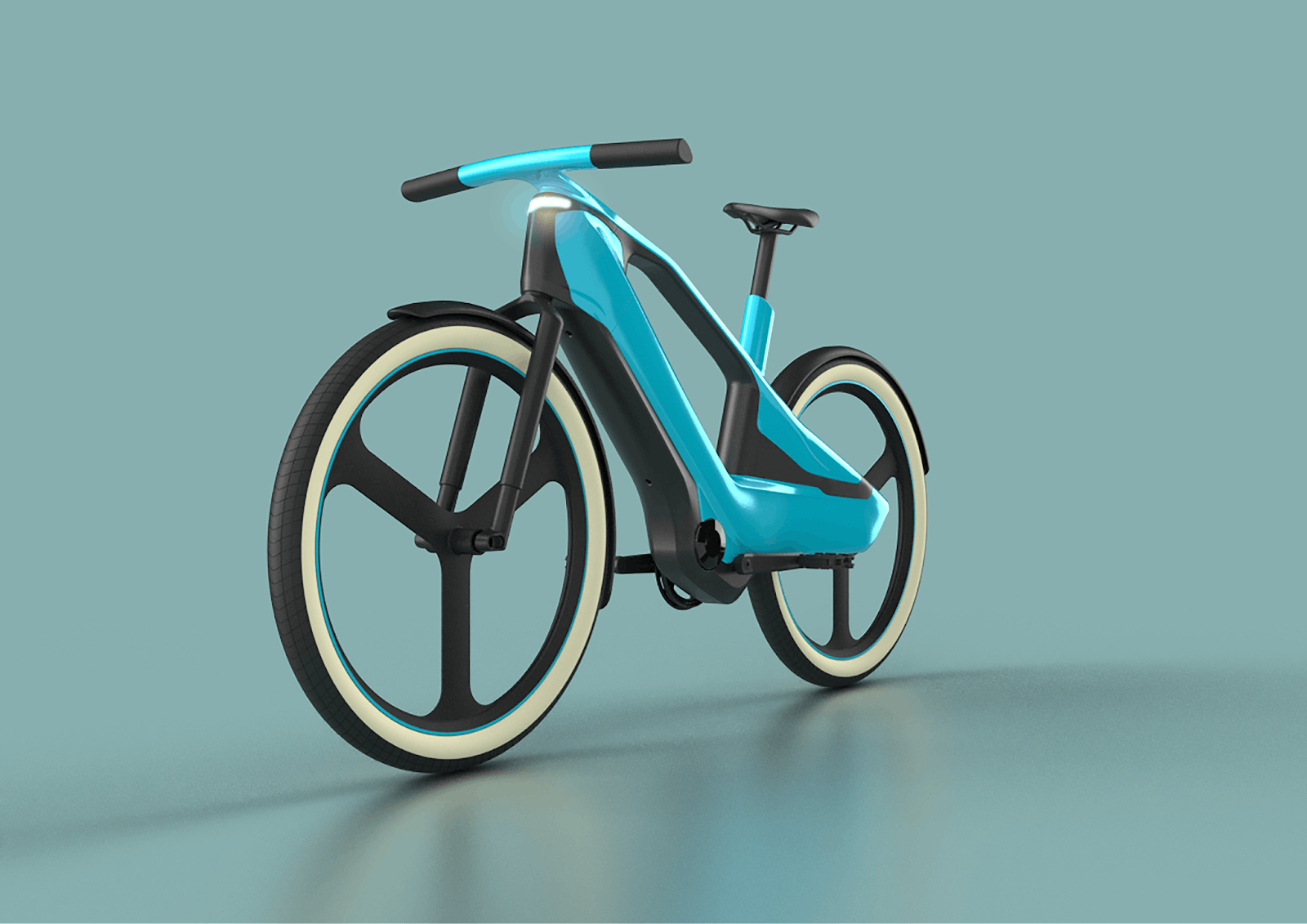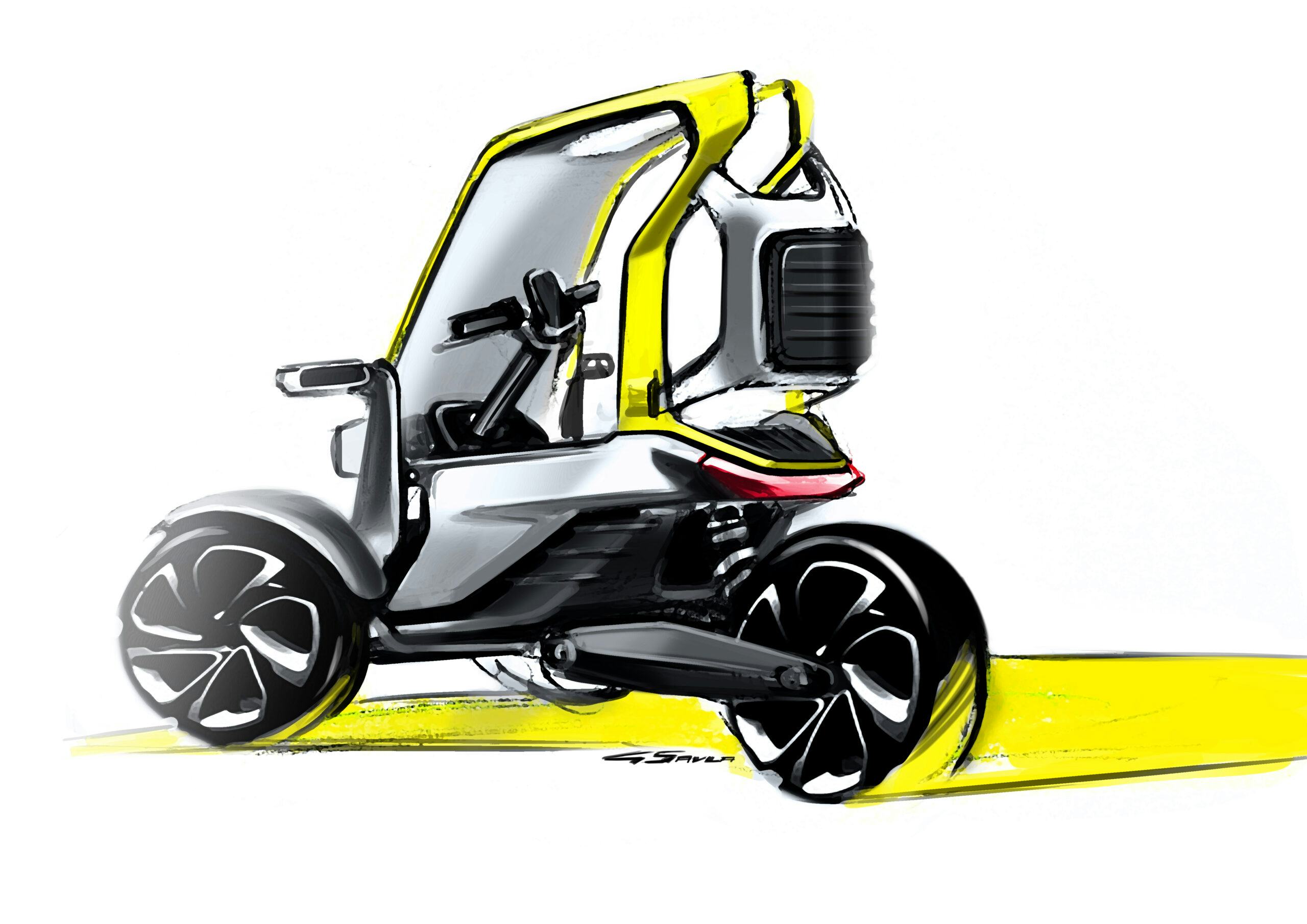Are bicycle lanes catwalks for the modern urban lifestyle? Looking at the hustle and bustle on the cycle paths in many major cities around the world, the answer to this question is definitely yes. With their sleek, fully integrated design, modern urban e-bikes have become the most elegant way to navigate urban traffic. Cargo bikes have been established as an environmently-friendly alternative to traditional, fuel-based means of transport. And speed pedelecs are attracting more and more commuters for their daily ride to work.
It, therefore, doesn't come as a surprise that even the 'Wallstreet Journal' recently reported that 'the hottest new car on the market is an e-bike'. “Today, people see the bicycle as a part of their identity. They use it to show what kind of person they are,” Bob Vroegh explains. He is the founder and CEO of VROEGH Design, a Dutch consulting agency focussing on e-bike R&D and setting the design standard for lifestyle e-bike brands.
“Due to this development, we are currently seeing another step forward when it comes to bicycle design. This is in my opinion the logical result of many trends emerging, such as electrification, being outdoor and sportive, pushing the cars out of the cities while still being cool and trendy. Today, the look and feel of a new model are key when a brand wants to attract customers. We call this instant brand recognition."
A complex design process
Vroegh speaks from experience. For more than a decade, the former cyclist has been involved in the design and engineering of bicycles. After working with different R&D projects, he started his own company in 2014. His goal from the beginning: to improve the adoption rate of e-bikes for daily use. “During that time, the micro-mobility scene started to grow rapidly and with that also the complexity of a vehicle. That's when I realised that there should be an agency that offers all the skills that are needed to create a well-designed and engineered vehicle to mobility brands that want to offer the best product for their customers. An agency which defines how e-bikes and micro-mobility will look and be used in the future,” he explains.
Today, besides being well-engineered, a bike and the brand have to suit the user's lifestyle to improve daily use”
Vroegh refers to the fact that distinct and appealing design directly adds brand value and is one of the main drivers of product adoption. “Today, besides being well-engineered, a bike and the brand have to suit the user's lifestyle to improve daily use. That's why design is increasingly important and requires more attention than in previous years. And it is so much easier to buy and use a product that you feel attracted to," Vroegh adds.
Nowadays, VROEGH Designs' clients are using the experience and services to enhance or expand their opportunities. “Some of our clients are specialised in a certain vehicle type, e-bikes for example, and want to expand to another vertical, like cargo bikes. But they lack the experience to create these products. Or they are having difficulties adjusting their product offering for specific demographics. We assist them from idea to successful product.”
What he means shows a look behind the scenes of his agency VROEGH Design. Based in Utrecht, a team of 15 designers and engineers take care of the whole R&D and go-to-market process of new bike models for leading brands worldwide. Starting with in-depth, demographic market research procedures, to the design and the full engineering processes, to the production support and the brand development.
“We have developed a four-step process which is optimised for the design of electric vehicles, namely: Discover, Design, Development and Define,” Vroegh explains. “In the Discover phase, we help our client map out how to turn trends, opportunities, and insights into a viable business and execute additional research. We then translate these results into an aesthetical, customer focused design. During the Design and Development process, topics such as the optimal geometry and ergonomics, strength, stiffness, manufacturability, or sustainability play an important role. And in the Define phase, we make the vehicle ready for production, build prototypes, arrange certifications, set up quality control requirements, build prototypes and provide technical support to ensure a qualitative product – from building prototypes to testing and getting certifications.”
Inspired by the automotive industry
How extensive the processes are, shows the fact that VROEGH Design not only takes current bicycle design trends into consideration but also leading design trends in the automotive world to increase the overall aesthetics of the e-bike design. An example is the collaboration with Frank Stephenson, a famous automotive designer who has designed cars like the BMW X5, the BMW Mini, the Fiat 500, and many more car models for Ferrari, Maserati and McLaren.
There are reasons why we feel attracted to specific dimensions, shapes, surfaces”
“There are reasons why we feel attracted to specific dimensions, shapes, surfaces, etc. And the automotive industry has mastered those design rules for decades," Vroegh says and gives an example. “When we have done our market research, we create detailed personas to visualise our target audience. Those personas influence everything – beginning with the overall shape of the frame to the integration of electrical components such as screens and lights, and even small details like the design of a dropout. These are decisions we tackle – and decisions we are experts in.”
Together with his team, Vroegh helps bike companies create a unique market position and make them ready for bicycle lanes in big cities around the world – the catwalks for the modern urban lifestyle. “Of course, many brands have their R&D departments. However, in times when design processes and requirements are becoming increasingly complex, we as an independent agency help with our team, expertise, and experience from the many mobility projects we have been involved with. That’s our impact to shape the next evolutionary step in bicycle design.”
This article is sponsored by Vroegh Design.







